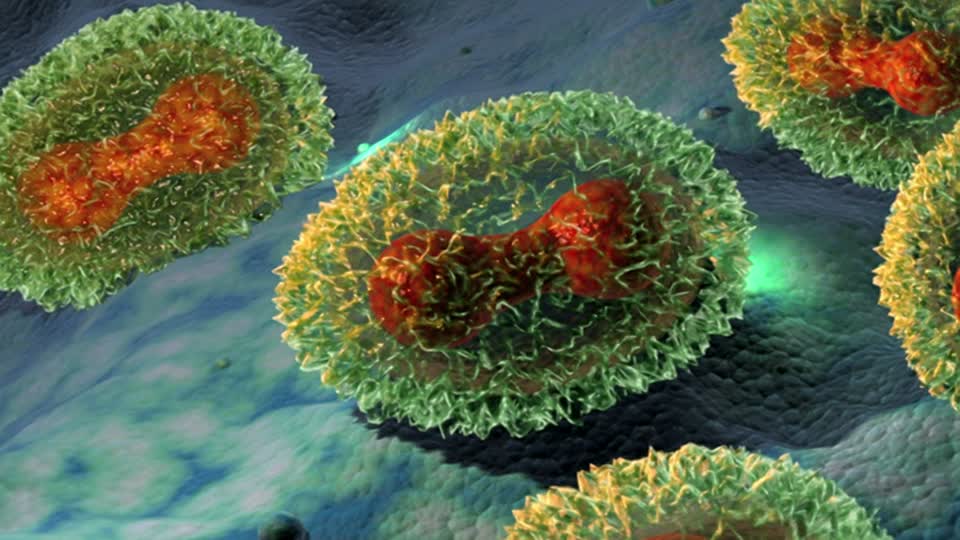The Deadliest Viruses in History: Rabies, Dengue Fever, and Smallpox
Share




Which virus do we consider deadly? Is it the virus that spreads quickly? Or is it the virus that kills most of the infected persons? Viruses are tiny organisms that are not alive; they cannot grow or multiply on their own, but rather need a human or animal cell to take over the cell to be able to multiply.
Rabies
Rabies is transmitted from animals such as dogs, bats, monkeys, and foxes. It has a varying incubation period that depends on where the patient was bitten. Once the virus reaches the central nervous system, it travels to the brain. The initial symptoms are mild, such as fever and headache; but, once the virus kicks in, it leads to acute pain, violent movements, depression, uncontrollable excitement, and an inability to swallow water. It later causes mania, coma, and finally death.
While this virus itself is a beast, the sickness it causes is now wholly preventable if treated immediately with a series of vaccinations. However, if left untreated after exposure, the virus attacks the central nervous system and death usually results. If rabies ever became airborne, we might actually have to prepare for that zombie apocalypse after all.
Dengue Fever
Dengue fever is a mosquito-borne infection that was first described nearly 2000 years ago in the Philippines and Thailand. Recently, globalization has its impact with dengue rates increasing by 30 times since the 1960s, making this a major emerging disease.
Dengue symptoms are high fever, severe headache, and in the worst cases, hemorrhaging. Sometimes dengue is referred to as “break-bone fever”, which reflects the intense pain that may be felt in the muscles and joints. For the unlucky few, the illness may develop into “severe dengue” with the risk of potentially fatal dengue hemorrhagic fever and dengue shock syndrome. Occurring in less than 5% of cases, the main issue here is the increased permeability of the blood vessels; this can result in vomiting blood, organ damage, and shock.
Now, dengue is endemic in 110 countries and infects up to 500 million people a year, causing approximately 20,000 deaths. There is no vaccine yet; however, there are a few potentials under development.

Smallpox
In 1980, the World Health Assembly declared the world free of smallpox. However, even if the smallpox virus was extinct, it has been suggested that it could be re-engineered from the digital viral genome and inserted into a related pox virus shell.
In terms of appearance, smallpox is particularly shocking with the body becoming covered in pox, with fluid-filled pustules. These can occur in the mouth and throat too, along with a number of complications including blindness. The mortality rate of the disease largely depends on the course it takes with malignant and hemorrhagic smallpox invariably being fatal.
Smallpox is both highly contagious and dangerous with high fatality rates. The disease killed about one in three of those infected; it left survivors with deep, permanent scars, and often blindness. It was estimated that around half of the native Aboriginal population of Australia died from smallpox during the early years of the British colonization. The disease was similarly disastrous to the native American people and in South America.

*Published in SCIplanet printed magazine, Summer 2017 Issue.
References
livescience.com
mentalfloss.com
listamaze.com
thefactsite.com
newyorker.com
topyaps.com
news-medical.net